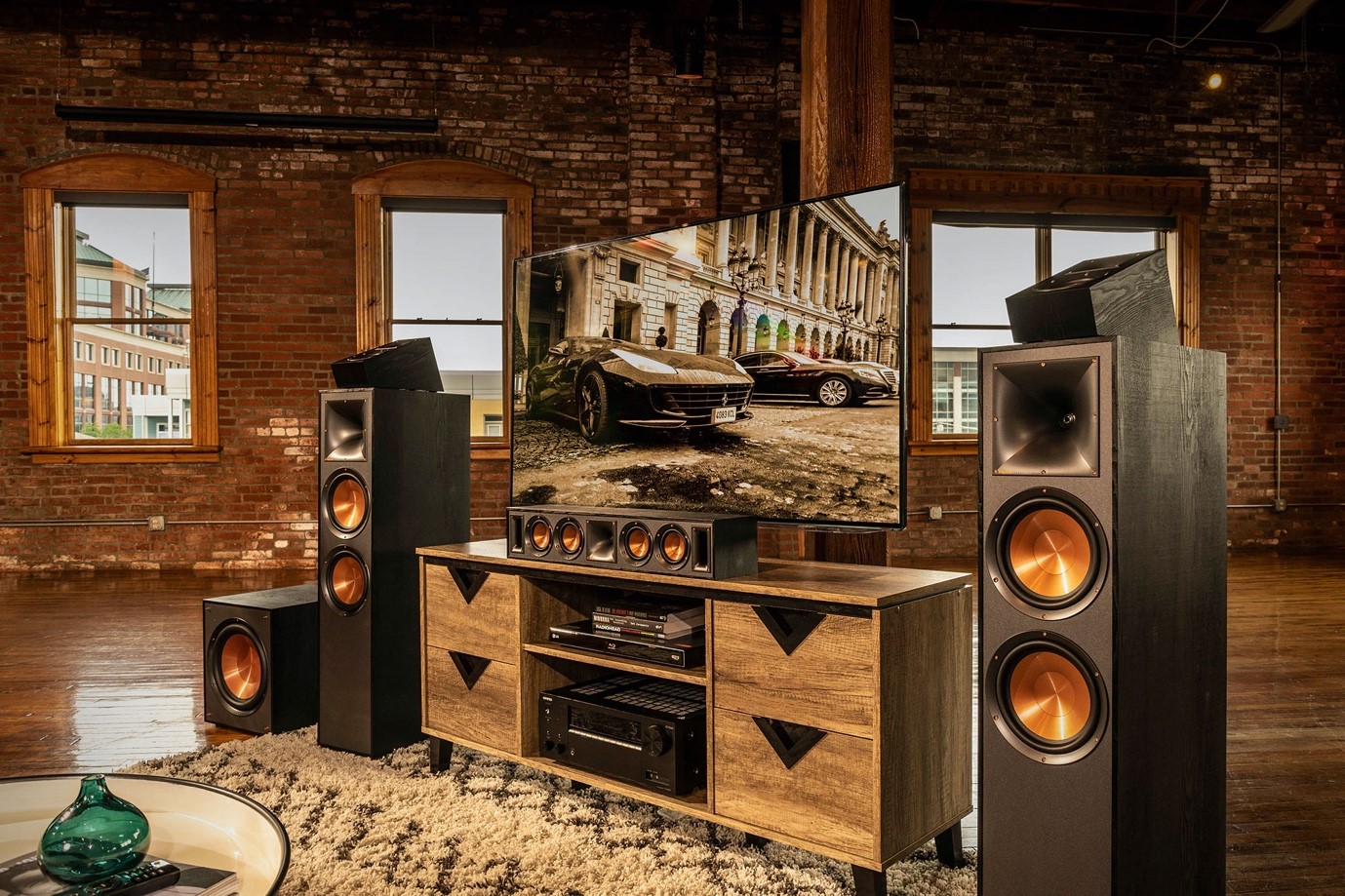
Architects are expected to design spaces that look refined, while also feeling comfortable in everyday use. These spaces are often filled with clean edges along with natural materials that reflect a clear design intent. At the same time, clients want rooms that sound great without letting wires or speakers take over the visual space. The challenge is to blend sound into the design in a way that feels natural and complete.
When sound is planned as part of the space and not added as an afterthought, the result feels far more balanced. A good audio setup should support the way people live, along with the way they move through each room. It is not just about how loud the system plays. It is about how well the sound fits into the feel of the home or the office.
Start Planning Audio Early in the Design Process
Many design projects begin with lighting plans and material samples, while sound is often pushed to a later stage. This approach usually causes issues that lead to design compromises or visible equipment that does not match the space. Planning for audio early helps avoid these problems and leads to better results with less stress later.
When speaker placement and wiring are discussed during early planning, it becomes easier to keep things hidden and well aligned with the rest of the room. You get cleaner lines along with fewer technical clashes once construction starts. This saves time and avoids last-minute changes that affect the design flow.
Make Speakers Disappear Without Losing Sound Quality
The modern high-end speakers do not have to be placed on the floor or occupy a shelf. In-wall and in-ceiling speakers have become a dependable choice that leaves the sound complete without being noticed. The speakers are able to fit into the surface and still provide a sound that fills the room without the high volume.
In the space where visible equipment is required, the speakers design should be in line with the overall theme. Speakers can be made to blend with cabinetry or wall panels with wood finishes or custom grilles. The trick is not to have designs that attract attention to the other parts of the room.
Design With Materials That Support Great Sound
The materials in a room affect how sound travels, along with how it feels when it reaches the listener. Hard surfaces like stone or glass reflect sound while soft materials like curtains or rugs help absorb it. Many modern interiors are filled with hard textures that look sharp but create echoes that ruin the audio experience.
Minor alterations to the material plan can have a significant effect without altering the appearance too much. Placing soft seating, rugs or even acoustic panels covered with fabric will balance the space without overpowering the design. These measures enable architects to safeguard the visual design as well as the sound quality simultaneously.
Use Smart Controls to Keep It Simple
Modern clients expect control systems that are easy to use and do not require multiple remotes. Audio systems that work with mobile apps or touch panels make things simpler for everyone. These systems let users adjust volume or switch sources without leaving their seat or walking across the room.
For architects, this also means fewer visible switches or panels across the walls. One simple control point can handle lights, blinds, and sound. This helps preserve the visual harmony across the space while offering a better experience to the people living or working in it.
Every Room Has a Sound Role to Play
Not every room needs surround sound or subwoofers. The real goal is to match the sound setup to the function of the room. A bedroom might need soft ambient music, while a media room needs rich detail and depth across all frequencies.
Smaller in-ceiling speakers can be used in kitchens, as well as open-plan living areas, to provide extensive sound coverage. Bathrooms may require moisture-resistant speakers fitted close to the vanity or behind a mirror. The whole property is coherent and well thought out, with the same attention paid to every room as to the main living space.
Avoiding Common Audio Design Mistakes
There are issues that recur when audio is introduced too late or without consideration. With a little forethought and some attention, these problems can be prevented.
- Corner speakers give out muddy sound, which seems blocked or uneven.
- The echoing of sounds on glass or tile may produce unpleasant sounds that are painful to the ears.
- The wrong size of speaker used in the room will mostly result in poor balance or distortion.
- Controls that are located too distant from the listening area make the convenience and real-world application less convenient.
- The equipment installed in closed units may overheat or experience signal problems.
These errors should be avoided to make the sound smooth and contribute to the feeling of the space being complete in all angles.
Make Sound a Part of the Mood You Are Creating
A room that is well designed has some rhythm to it, which is created by layout, as well as light and material selection. Sound is another dimension that creates the mood without necessarily having to be observed. The system must be appropriate to the purpose and feel of the room, whether it is a soft background music or a loud cinema-style playback.
This is not the pursuit of volume or bass. It is all about adding emotion to the space in such a manner that it does not interfere with the design. When properly done, people may not even perceive the speakers, yet they will perceive the difference in the feel of the room.
Clients Want Spaces That Look Great and Sound Even Better
Today’s clients are more aware of how sound affects their daily life. They want rooms that let them relax, focus or entertain with the right audio experience to match. They also want these systems to be hidden or styled in a way that fits with their personal taste.
For architects, this creates a chance to offer something extra that does not rely on extra space or bold visual statements. Sound can be shaped just like light or material. With the right plan, it becomes part of the design story without ever needing to take centre stage.
The Final Step That Brings It All Together
Cinebels works with design professionals who care about how a space feels once it is complete. With over sixty years of experience in audio for both cinema and home, our team knows how to bring premium sound into any interior without breaking the visual flow. We help shape systems that blend into walls, along with ceilings and furniture, without asking you to change your design intent.
We take care to match sound with the way your client lives. That means every speaker and control system is selected to support daily life and not just technical performance.
From early planning to final setup, we are here to support great design with great sound that stays true to your vision.
FAQs
How early should audio planning begin during a project?
Audio should be planned at the same time as lighting along with materials to avoid design clashes later. This saves time and keeps the space clean.
Can premium audio be added without changing the interior design?
Yes it can. With in-wall speakers along with hidden wiring, audio systems can blend into the space without changing your design plan or layout.
What type of speakers work best for modern interiors?
In-ceiling along with in-wall speakers are preferred for clean spaces that focus on simplicity. These speakers stay out of sight and still sound full.
Will adding sound equipment affect the room’s look and feel?
If planned early and placed with care, the system becomes part of the room without distracting from its shape, materials or intended atmosphere.
Can smart controls be used for audio systems across all rooms?
Yes they can. Smart controls offer a single access point for managing sound across bedrooms along with kitchens and media rooms in one setup.
